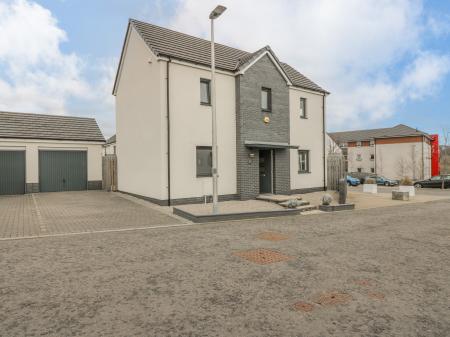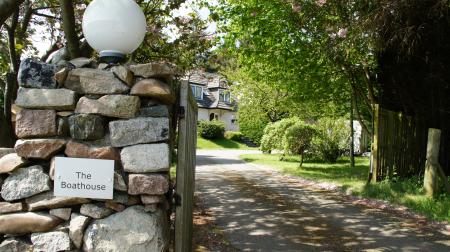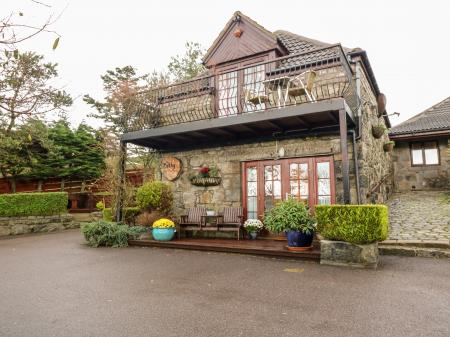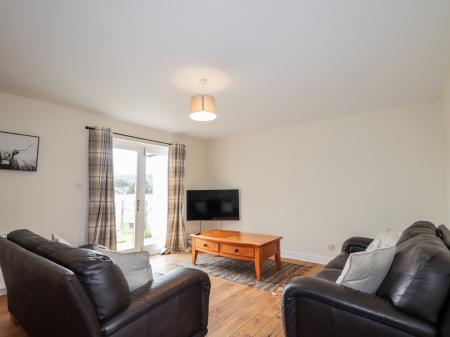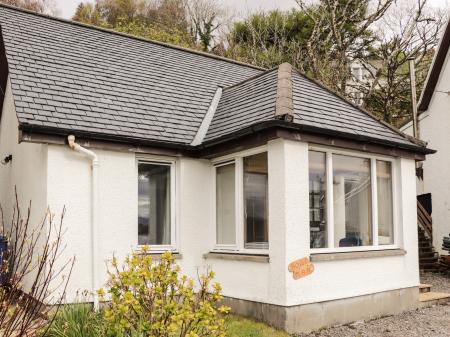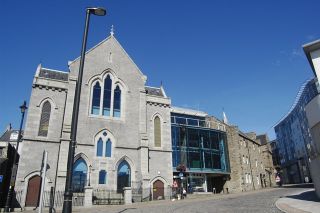
The museum is located on Shiprow, a historic area beside the harbour. The museum incorporates the late 16th century Provost Ross's House.
The museum uses a combination of interactive displays and multi-media to explore the long and fascinating heritage of Aberdeen's connection to the North Sea, through fishing, shipping, and offshore oil exploration. The museum boasts a large collection of maritime art, and a huge array of objects linked to the maritime history of the area, from paintings to documents, old photographs, and seafaring gear.
History
In 1593 a master-mason named Andrew Jamieson built a large house on Shiprow. In 1702 it was acquired by a ship-owner and city Provost named John Ross of Arnage. Ross extended the house in 1710, but by the 19th century, the building had been converted into tenement flats.
By the 1950s it was derelict but was saved from destruction by the National Trust for Scotland, who leased it to the Aberdeen City Council. The historic building was converted into a museum space in 1984. Shortly after the neighbouring Trinity Congregational Church, built in 1877, was converted to form part of an enlarged museum space.
The museum collections began as part of the Aberdeen Art Gallery and Regional Museum, but the maritime collection became so large that it deserved its own museum space!
 We've 'tagged' this attraction information to help you find related historic attractions and learn more about major time periods mentioned.
We've 'tagged' this attraction information to help you find related historic attractions and learn more about major time periods mentioned.